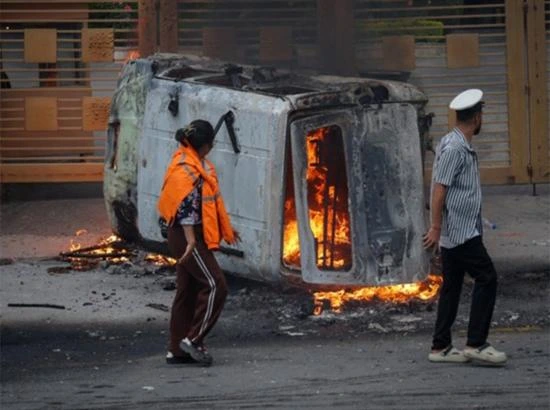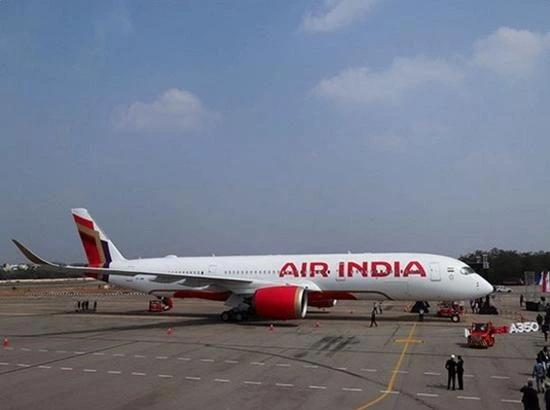30-Sep-2024, 01:17 PM
The devastating floods in Nepal have claimed the lives of at least 193 people, with rescue and search operations ongoing as authorities grapple with the aftermath of this natural disaster. The severe weather, characterized by heavy monsoon rains that began on September 27, 2024, has triggered widespread flooding and landslides across the country, severely impacting communities and infrastructure.
Current Situation
As of September 30, 2024, reports indicate that the death toll continues to rise, with many individuals still unaccounted for. The Nepal Police have confirmed that dozens of people are missing, and rescue teams are working tirelessly to locate survivors. The floods have particularly affected areas near the capital, Kathmandu, where several roads remain blocked due to landslides, complicating rescue efforts.
Rescue Operations
Rescue operations are being conducted by a coalition of security personnel from the Nepal Army, Armed Police Force, and local police. However, officials have expressed concerns about the effectiveness of these operations due to a lack of adequate equipment. Rescuers are reportedly relying on basic tools like rubber boats and shovels, which limits their ability to respond efficiently to the scale of the disaster. Dijan Bhattarai, spokesperson for the National Disaster Risk Reduction and Management Authority, noted that while trained personnel are present, they lack the necessary gear to tackle hazardous conditions effectively.
Community Impact
The floods have devastated numerous homes and communities, particularly in southern Kathmandu, where residents are now engaged in cleanup efforts as water levels begin to recede. The government has declared a state of emergency and announced the closure of schools and colleges across Nepal for three days to focus on recovery efforts.
Criticism of Disaster Response
Experts have criticized the government’s disaster response mechanism as inadequate, highlighting that Nepal’s preparedness for such emergencies remains reactive rather than proactive. Many believe that better planning and resource allocation could have mitigated some of the disaster’s impact. The lack of modern equipment and a systematic approach to disaster management has been a recurring issue in Nepal’s response to natural calamities.
Conclusion
As rescue operations continue, the focus remains on locating missing individuals and providing relief to affected communities. The tragic loss of life underscores the urgent need for improved disaster preparedness and response strategies in Nepal. With ongoing rainfall expected in some regions, authorities are bracing for further challenges in their recovery efforts.





